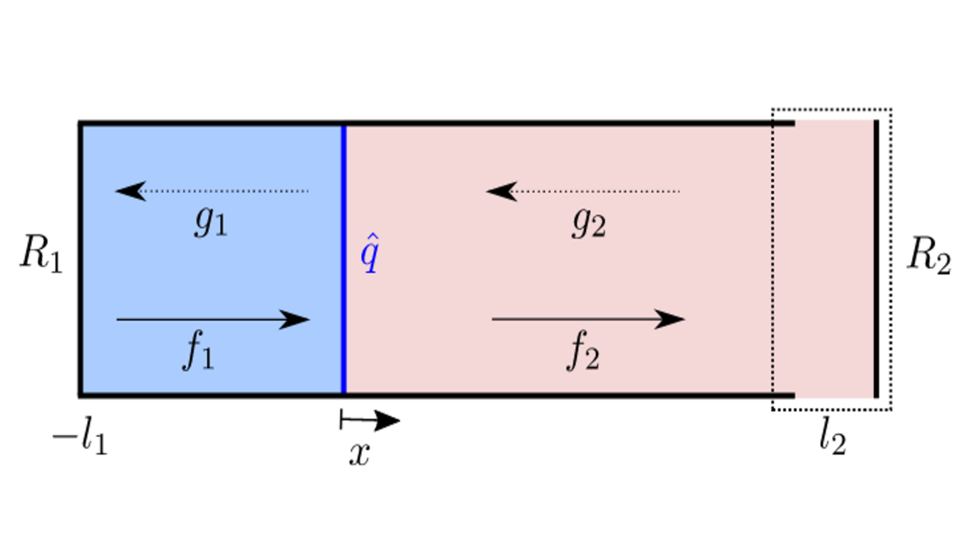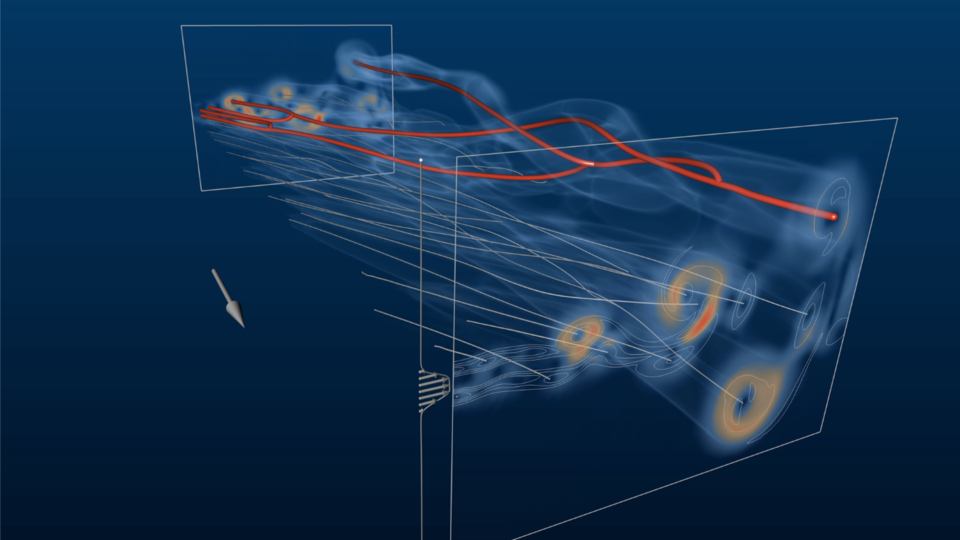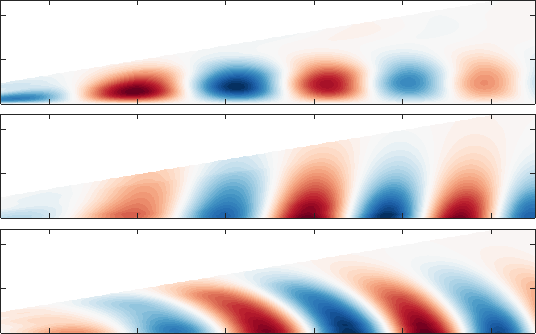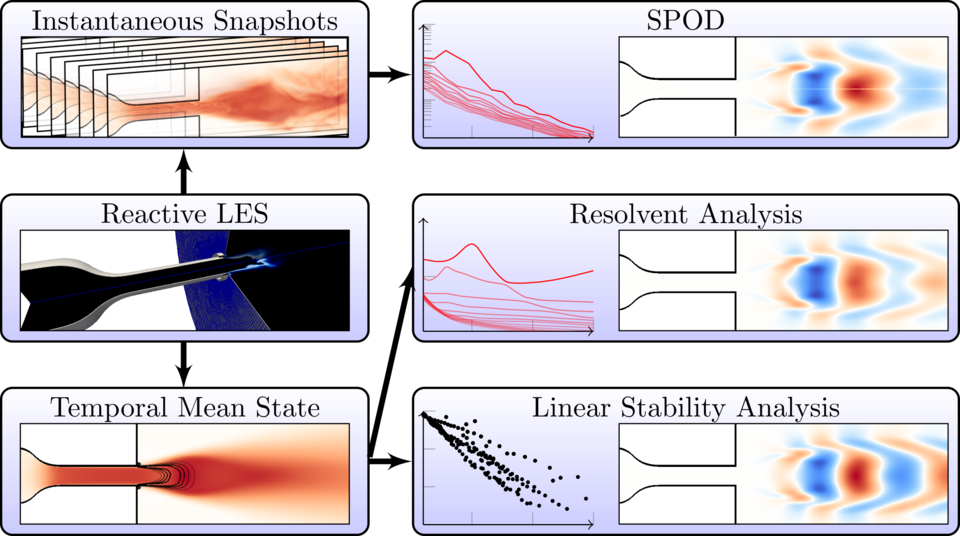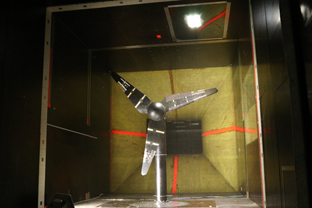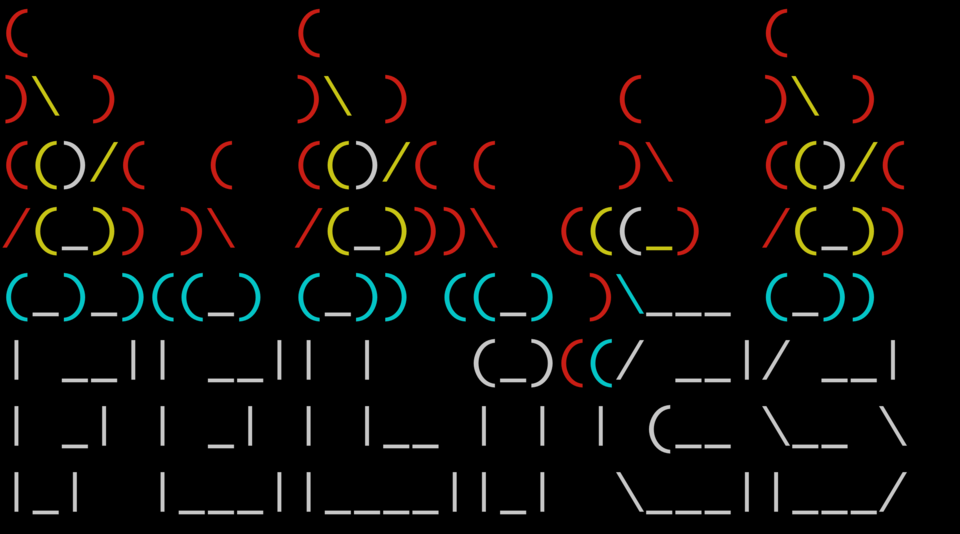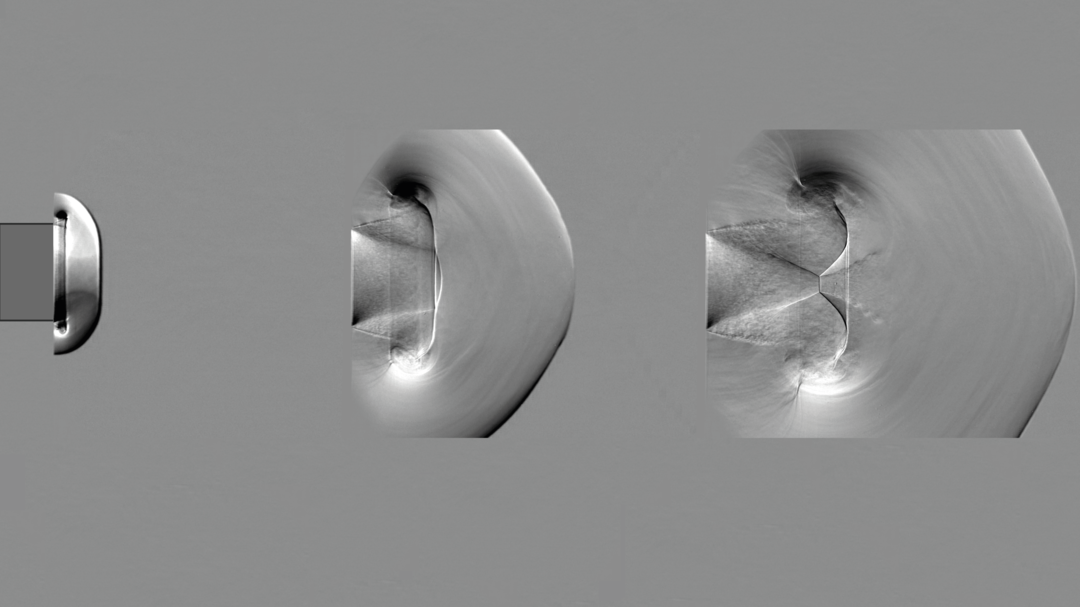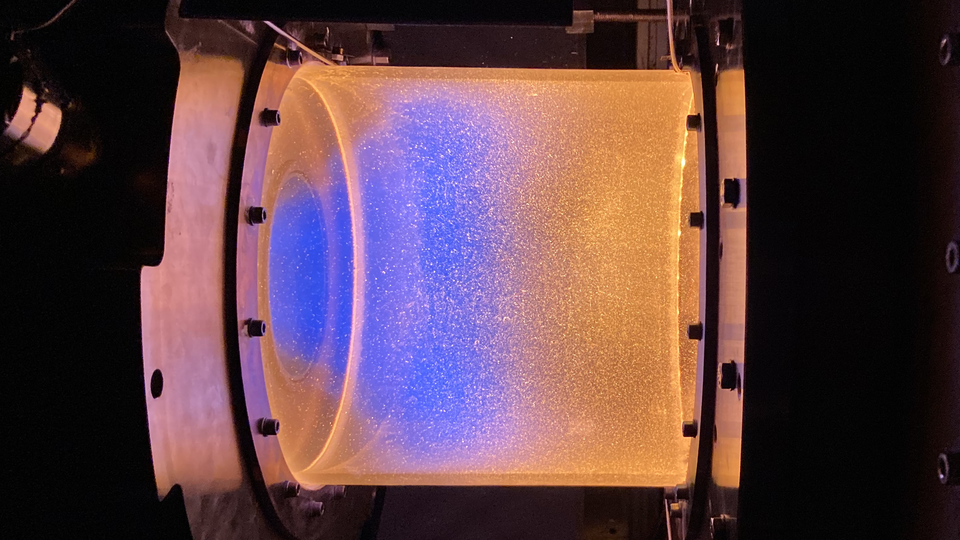
Pulse detonation combustors in gas turbines
The use of gas turbines is essential for the future stable energy supply as well as propulsion technology in aviation. One possible concept for a comparatively drastic increase in efficiency starts with the combustion process, which represents the most fundamental step in the energy conversion of a gas turbine. Within the framework of the Collaborative Research Center at the Technical University of Berlin (SFB1029), the classical constant-pressure combustion is to be replaced by an approximate constant-volume combustion process. Among other things, this can be realized by using pulsed detonation combustion (PDC).

